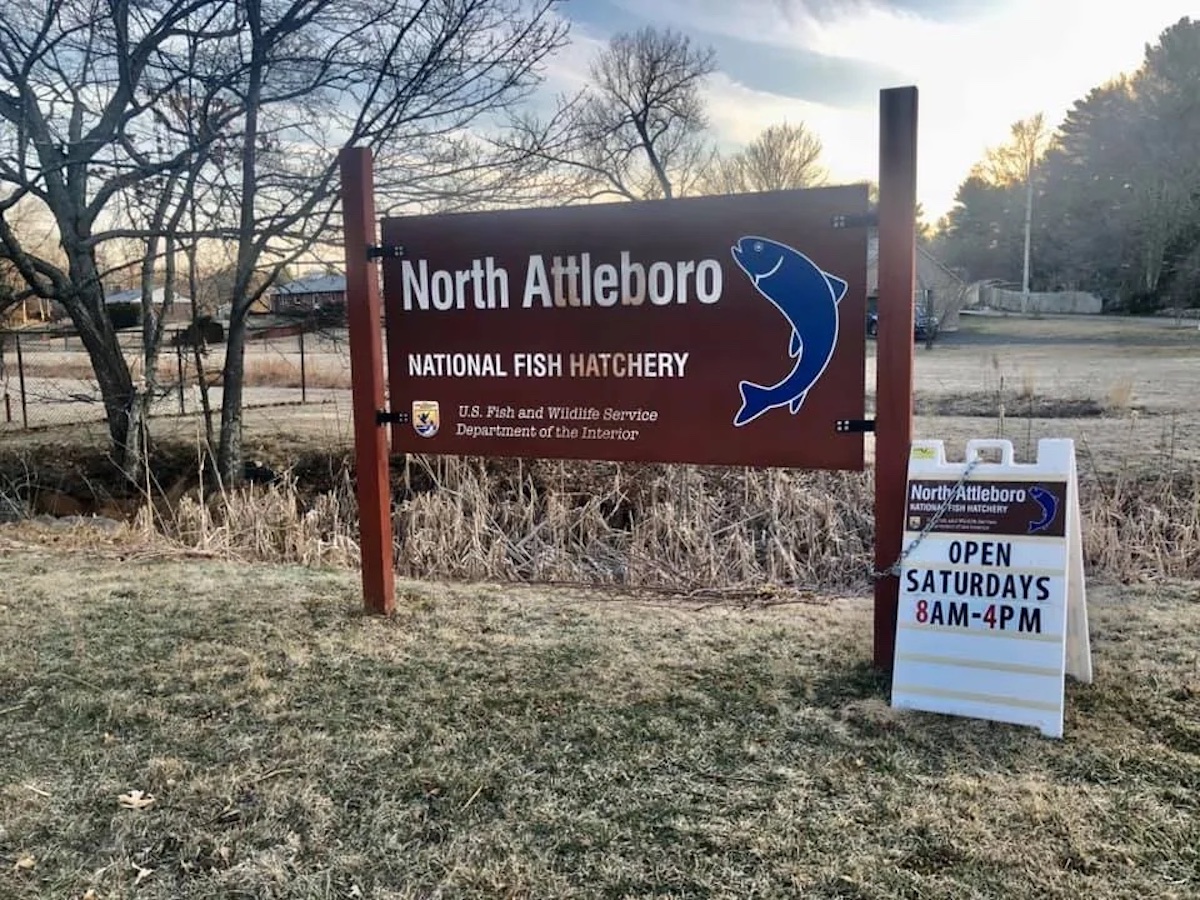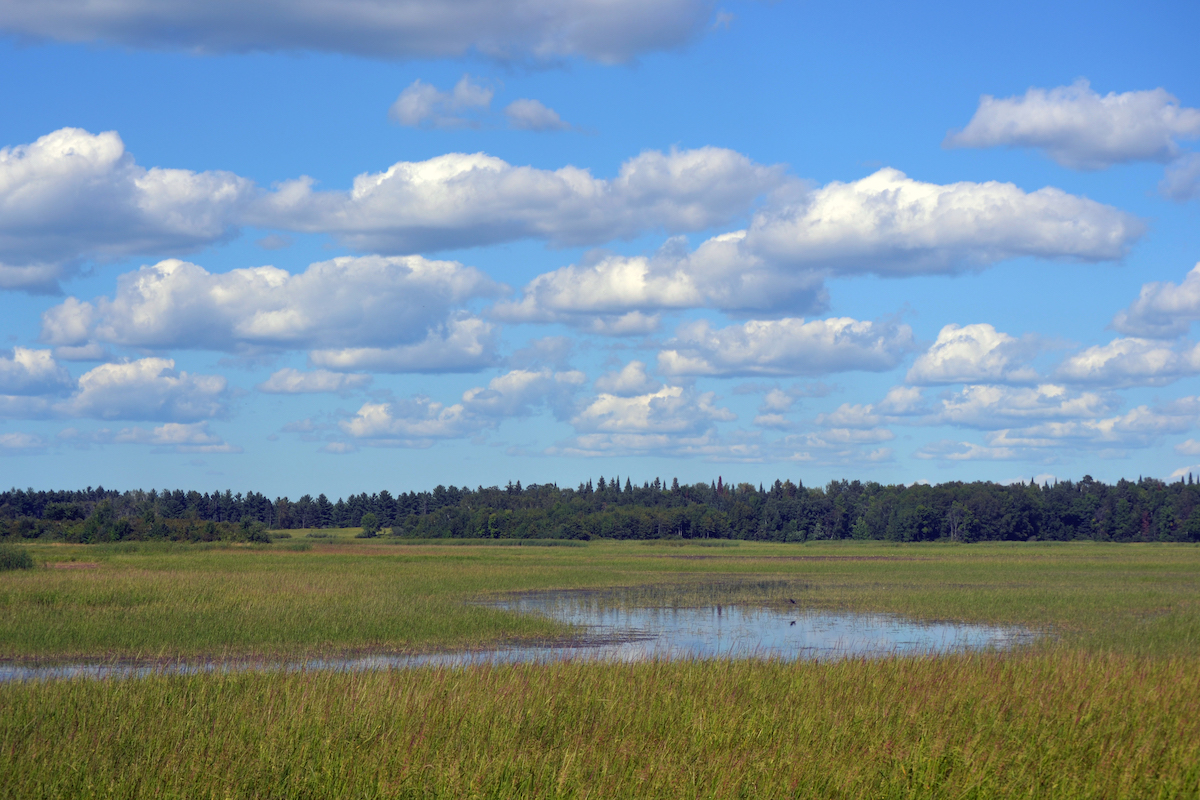OutdoorHub
National Wildlife Refuges to Open 87,000 New Acres for Hunting and Fishing
The U.S. Department of the Interior unveiled an ambitious plan Friday to dramatically increase recreational opportunities on federal lands, proposing 42 new hunting options across more than 87,000 acres within the National Wildlife Refuge System and National Fish Hatchery System.
The expansion, announced by Interior Secretary Doug Burgum on May 2, represents a big shift in public land management. Compared to the previous administration, the number of hunting opportunities has more than tripled, and the number of stations opened or expanded has quintupled.
“Expanding recreational access to our public lands isn’t just about tradition—it’s about supporting rural economies and the American families who depend on them,” said Secretary Burgum in the announcement. “By opening more areas to hunting and outdoor recreation, we’re helping drive tourism, create jobs, and generate revenue for local communities, all while promoting responsible stewardship of our natural resources.”
New Access Points Across 11 States
The proposal focuses on expanding recreational opportunities at 16 National Wildlife Refuge System stations and one National Fish Hatchery System station located across Alabama, California, Idaho, Maine, Maryland, Massachusetts, Michigan, Montana, North Carolina, Texas, and Washington.
Notable among these expansions is the introduction of hunting at the newly established Southern Maryland Woodlands National Wildlife Refuge—marking the first time hunting will be permitted at this location. Additionally, the North Attleboro National Fish Hatchery in Massachusetts will open for sport fishing for the first time.

Fish and Wildlife Service Acting Director Paul Souza emphasized the cultural and economic importance of these outdoor activities: “Hunting and fishing are traditional recreational activities deeply rooted in America’s heritage. National wildlife refuges, national fish hatcheries, and other Service lands offer hunting and fishing access that helps boost local economies and gives Americans an opportunity to unplug.”
Economic Impact and Participation
The economic significance of outdoor recreation was highlighted in the Department’s announcement, with hunting, fishing, and related activities contributing more than $394 billion to the U.S. economy in 2022. Hunters and anglers alone accounted for over $144 billion in expenditures, according to the Service’s National Survey of Fishing, Hunting and Wildlife-Associated Recreation.
The survey also revealed that nearly 40 million Americans over age 16 participated in fishing and 14.4 million in hunting during 2021, underscoring the activities’ continued popularity.
Conservation and Cooperation
The Department stressed its commitment to ensuring all new hunting and fishing opportunities align with state fish and wildlife regulations, particularly regarding the use of lead ammunition and fishing tackle. In one example of this coordination, the Tamarac National Wildlife Refuge in Minnesota will end an experimental five-day early teal hunt where the refuge overlaps with tribal land, following requests from both the State of Minnesota and the White Earth Nation to ensure safety for wild rice harvesting and alignment with state regulations.

“We are pleased to expand access and offer new opportunities that are compatible with our conservation mission and are committed to responsibly managing these areas for the benefit of future generations,” Souza added.
The National Wildlife Refuge System encompasses 573 refuges and 38 wetland management districts nationwide, with a refuge located within an hour’s drive of most major metropolitan areas. These refuges receive approximately 69 million visitors annually.
The proposal will be published in the Federal Register for public comment, with the Department aiming to finalize changes before the 2025-2026 hunting seasons begin. The public can view and comment on the proposal at regulations.gov.
Currently, hunting is permitted on 401 wildlife refuges and 36 wetland management districts, while fishing is allowed on 343 wildlife refuges and 35 wetland management districts.
The post National Wildlife Refuges to Open 87,000 New Acres for Hunting and Fishing appeared first on OutdoorHub.


